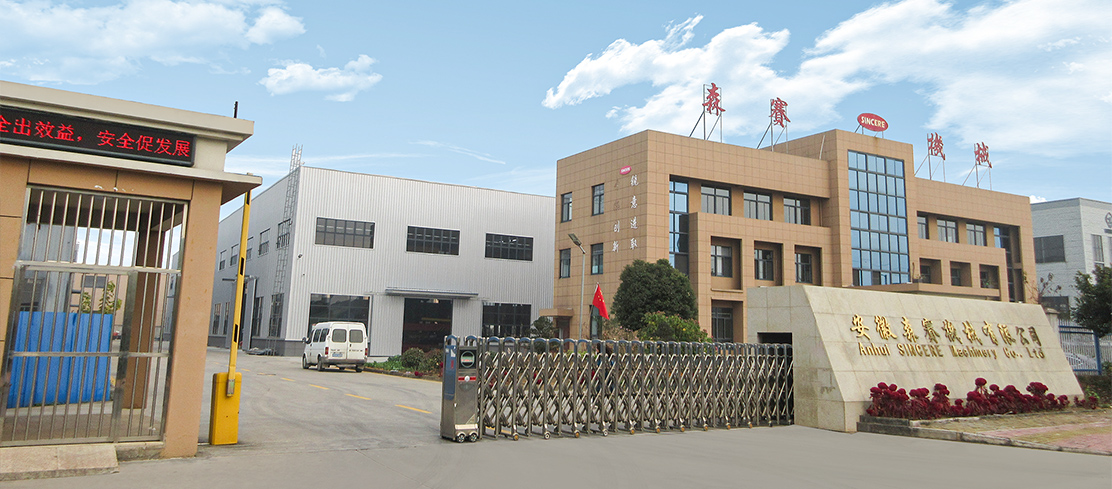1. Optimizing Mixing Temperature for Rubber Compounds
The mixing temperature in a rubber mixing mill has a direct impact on the uniformity and quality of the compound. For example, natural rubber requires careful control at 60–80°C, while synthetic rubbers like SBR or NBR may tolerate slightly higher temperatures. Exceeding the optimal temperature can cause premature cross-linking, uneven dispersion of fillers, or increased wear on the rollers.
To maintain precise temperature control, many modern rubber mixing machine integrate heating and cooling systems within the mill. Monitoring the surface temperature of the rolls using infrared sensors can prevent overheating and ensure consistent compound properties across batches.
2. Roll Configuration and Gap Settings
The design and positioning of the rolls in a rubber mixing mill influence both the mixing efficiency and the energy consumption. Rolls can be either tandem or friction-type, and the gap between the top and bottom rolls must be adjusted according to the material thickness and hardness. For example, when compounding highly filled rubber, a smaller roll gap can improve shear force and dispersion but may increase the risk of overheating.
Operators often adjust the roll speed ratio, usually between 1.2:1 and 1.5:1, depending on the compound’s viscosity and desired dispersion. Proper synchronization ensures uniform mixing while reducing mechanical stress on the motor and bearings.
3. Safety Mechanisms and Operational Efficiency
Modern rubber mixing machines incorporate multiple safety mechanisms to protect operators. Emergency stop buttons, automatic roll gap release systems, and overload protection devices are standard features. Additionally, frequent inspection and maintenance of the gear and chain transmission systems can prevent unplanned downtime.
Implementing process automation, such as programmable roll speed sequences and timed addition of fillers, can enhance efficiency and reproducibility of rubber compounds. Data logging of temperature, torque, and roll speed helps identify optimal operating conditions for different formulations.
4. Understanding Shear and Dispersion Forces
The quality of rubber compounding is highly dependent on the shear and dispersion forces generated by the mill. High filler loadings, such as carbon black or silica, require precise control of shear to break down agglomerates without degrading the polymer matrix. Excessive shear may cause scorching, while insufficient shear leads to poor dispersion.
Operators can adjust shear forces by changing roll speeds, roll gap, and feed thickness. Recording and analyzing these parameters over multiple batches enables process optimization and consistent product quality.
5. Comparative Overview of Rubber Mixing Machines
| Machine Type |
Key Advantage |
Typical Application |
| Two-Roll Mill |
Precise control of compound thickness and dispersion |
General-purpose rubber mixing, lab-scale production |
| Internal Mixer (Banbury) |
High-speed intensive mixing for highly filled compounds |
Automotive tires, industrial rubber products |
| Continuous Mixing Mill |
Stable continuous production, automated control |
Mass production of standard compounds |
6. Maintenance and Lubrication Tips
Routine maintenance extends the service life of rubber mixing mills. Bearings, gears, and hydraulic systems should be lubricated according to manufacturer guidelines. Using high-quality lubricants prevents overheating and reduces wear.
Roll surfaces should be cleaned regularly to avoid contamination or build-up of hardened rubber, which can affect compound quality and increase energy consumption. Periodic inspection of electrical components, including motor brushes and control circuits, ensures stable and safe operation.



 English
English 中文简体
中文简体 русский
русский











